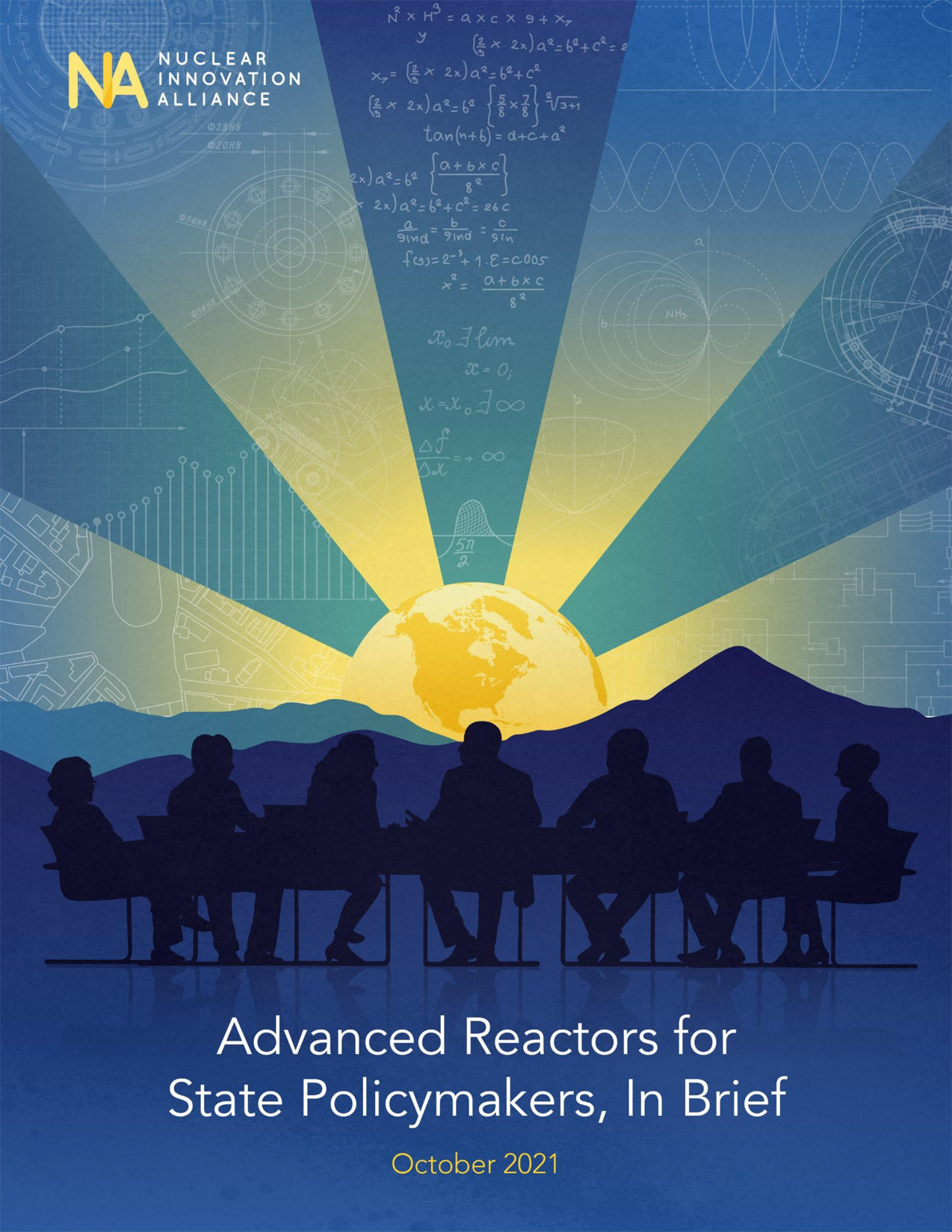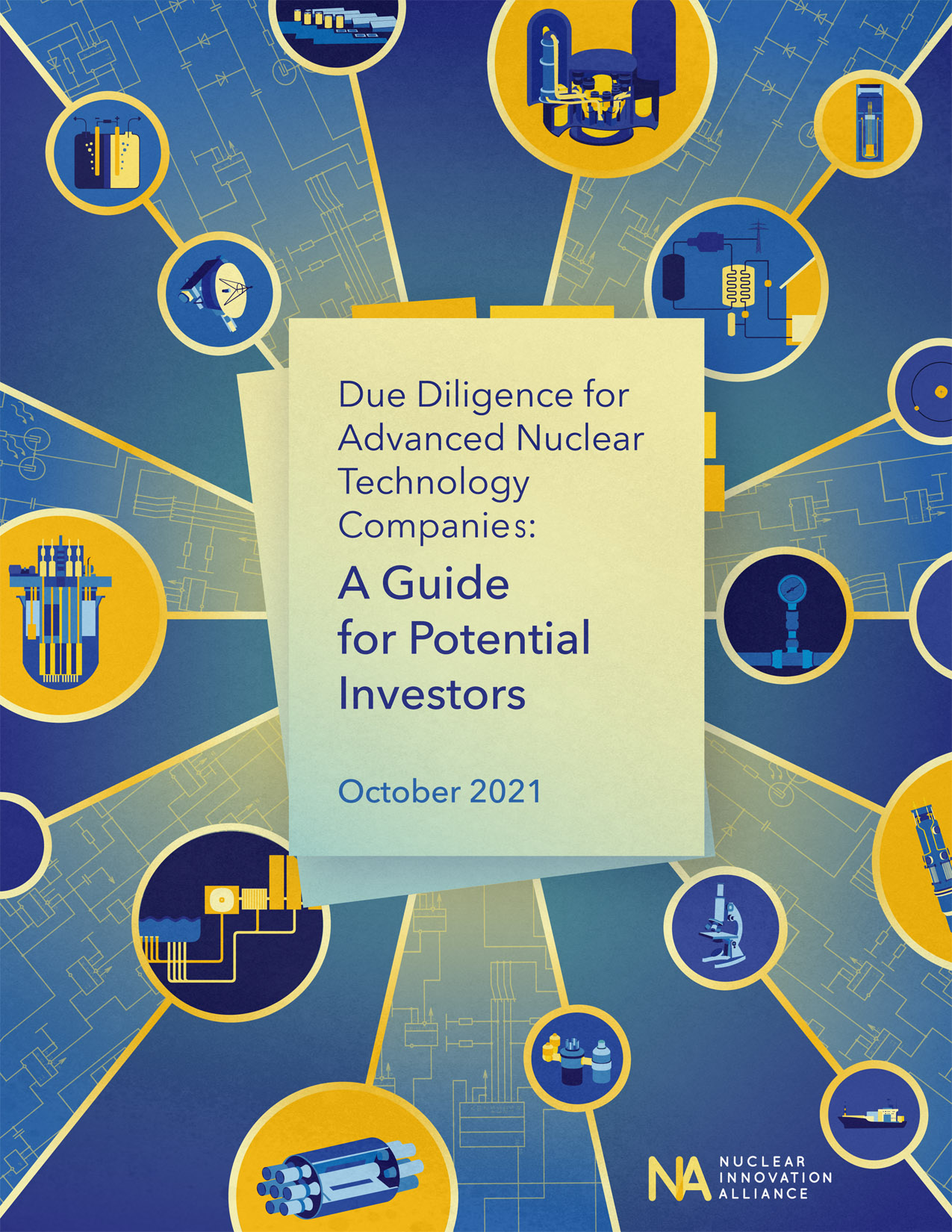Five sites have been shortlisted for the U.K.’s STEP fusion facility. (Image: UKAEA)
The United Kingdom has announced a shortlist of five sites as the potential future home of the U.K. Atomic Energy Authority’s (UKAEA) prototype fusion energy plant, the Spherical Tokamak for Energy Production (STEP). A final decision on the plant’s location is to be made by the U.K.’s secretary of state for business, energy and industrial strategy around the end of 2022.
The Darlington nuclear power plant.
The Canadian Nuclear Safety Commission has approved the renewal of the site preparation license for Ontario Power Generation’s Darlington new-build nuclear project. First granted in 2012, the license is now valid until October 11, 2031.
A view of the final remaining hot cell at the former Radioisotope Development Laboratory at Oak Ridge National Laboratory as it is prepared for demolition. (Photo: DOE)
Using a specialized radiation detector, Department of Energy cleanup contractor UCOR is characterizing a hot cell at Oak Ridge National Laboratory in preparation for its demolition. The detector overlays a radiation-intensity color-map on a picture of the environment and identifies gamma-emitting nuclides and their locations.
An electric continuous miner machine chews through the last wall of salt in Panel 8’s Room 7 of the Waste Isolation Pilot Plant to complete the rough cut of the panel. (Photo: DOE)
The Department of Energy’s Office of Environmental Management this week announced that after seven years, mining of the Waste Isolation Pilot Plant’s Panel 8 is finished. Created from an ancient salt formation 2,150 feet below the surface, Panel 8’s seven emplacement rooms are the next destination for transuranic waste brought to WIPP from DOE sites throughout the country.
One of two Westinghouse AP1000 reactors to remain unfinished at the Summer nuclear power plant. (Photo: SCE&G)
Kevin Marsh, former chief executive officer and chairman of the board of directors of SCANA Corporation, has become the first person to be sentenced to prison for involvement in the 2017 collapse of the $10 billion Summer nuclear plant expansion project. Marsh was sentenced in federal court on October 7 and in state court on October 11.
The failure to complete the construction of two Westinghouse AP1000 reactors at the single-unit nuclear plant in Jenkinsville, S.C., cost ratepayers and investors billions, damaged the brands of then owners SCANA and Santee Cooper, and put some 6,000 people out of work.
Inside the New Safe Confinement covering the sarcophagus of Chernobyl’s Unit 4. (Photo: SSE Chornobyl NPP)
A team of scientists from the United Kingdom’s University of Bristol were given access to the Chernobyl nuclear power plant in Ukraine, advancing a project to train robots and artificial intelligence systems to measure radiation and create 3D maps.
A slideshow of the team’s visit to Chernobyl’s Unit 4 control room and New Safe Confinement structure, where they deployed radiation mapping and scanning sensors, including a LIDAR-equipped robot call Rooster, appears on Gizmodo.
This June 2021 photo of ITER vacuum vessel sector #6 includes two panels of thermal shielding ready to slide into place. (Photo: ITER/Courtesy of Chang Hyun Noh)
Following a week of heightened attention to all things hydrogen preceding Hydrogen and Fuel Cell Day (October 8), Bernard Bigot, director general of the ITER Organization, published an op-ed on October 11 in The European Files, a magazine billed as an “effective work tool for European deciders.” Bigot’s article, “Hydrogen fusion: The way to a new energy future,” doubled as a fusion primer, promoting the technology as a future source of clean energy that is fueled by hydrogen and is capable of providing heat and power to produce more hydrogen.
Three isophase bus ducts at a nuclear power plant exit the turbine building at the upper left, then branch off the main buses (center) to the reactor unit's auxiliary transformer on the right. (Photo: Ameren Missouri)
Over the course of the last year, many power plants have shortened, postponed, or rescheduled their maintenance outages due to the pandemic. Unfortunately, this has caused some critical maintenance activities to be put on the back burner. For some in the power generation industry, this has presented uncertainties as the volume of unplanned outages caused by deferred maintenance has risen.
Canada's Bruce nuclear power plant. (Photo: Chuck Szmurlo)
Canada’s Bruce Power, operator of the eight-unit Bruce nuclear power plant in Kincardine, Ontario, is undertaking a series of environmental initiatives to help attain its goal, announced in March, to achieve net-zero greenhouse gas emissions from site operations by 2027.
Workers demolish a large industrial cooling tower built in 1952 at the DOE’s Savannah River Site. (Photo: SRNS)
Savannah River Nuclear Solutions (SRNS), the management and operations contractor for the Department of Energy’s Savannah River Site, has torn down a large industrial cooling tower at the site’s D Area complex. The cooling tower, built in 1952, is one of more than 30 structures being removed from SRS’s D Area as the DOE works to reduce the site’s footprint.
Savannah River Remediation’s Mark Schmitz (left) and Denmark Technical College’s Willie L. Todd Jr. sign a memorandum of understanding to reaffirm the partnership between their respective organizations. (Photo: SRR)
Savannah River Remediation (SRR) and South Carolina’s Denmark Technical College (DTC) have renewed a memorandum of understanding that has a goal of preparing DTC students for work in the industrial and nuclear environment while also providing SRR with a potential pipeline of future employees.
SRR is the Savannah River Site’s liquid waste contractor, consisting of a team of companies led by Amentum, with partners Bechtel National, Jacobs, and BWX Technologies. Subcontractors include Orano, Atkins, and Amentum N&E Technical Services.
DTC is South Carolina’s only technical college that is also a historically black college or university.


















 The Minerals Council of Australia (MCA) last week released
The Minerals Council of Australia (MCA) last week released 

